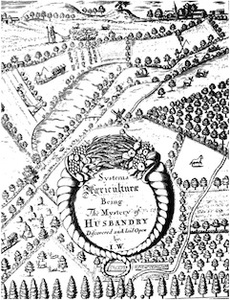RHN 32/2014 | Event
Organiser: Professor Chris Dyer, Centre for English Local History, University of Leicester
16-20 September 2014, University of Leicester, UK
Farmers, consumers and innovators:
the world of Joan Thirsk
A conference to be held at the University of Leicester
Joan Thirsk, who died in October 2013, was the leading agrarian historian of the late 20th century, and it is appropriate that a conference should be held at Leicester where she worked for 14 years. She is probably best known for her research into regional farming, but wrote much about rural industry, changing tastes and fashions, ‘projects’, and innovations in the rural economy. The conference is intended not to look back, but rather to identify Joan Thirsk’s relevance for historians now, and to display new work which has been influenced and inspired by her.
Programme
10.00. Registration, coffee.
10.30 Welcome
Morning 10.45-1.15
Theme 1: Farmers and fields
(Chair: Richard Jones) (10.45-12.15)
Tom Williamson, Revisiting ‘The Common Fields’: settlement patterns and field systems in England, c. 800-1250
James Bowen, Early modern enclosure and agrarian communities in pastoral Shropshire
Nicola Whyte, The common fields and social relations in early modern Norfolk
Theme 2: Innovations
(Chair: Andrew Hopper) (12.15-1.15)
Craig Muldrew, Were spinners an industrial workforce in the early modern countryside?
Jon Stobart, The village shop, 1660-1760: innovation and tradition
1.15-2.00 Lunch
Round table on regions (Chair: Chris Dyer) (2.00-2.45)
John Broad, John Chartres, David Hey, Countries and regions in early modern England
Theme 3: Consumers
(Chair: Jane Whittle) (2.45- 4.15)
Susan North, Galloon, fringe, ribbon, incle and points: purchasing fashionable dress and accessories in rural England 1550-1750
Mark Dawson, Oatcakes: farming and diet in the north midlands
Richard Hoyle, Peter Walkden and the world of goods: an early eighteenth century Lancashire consumer
4.15 Concluding remarks and tea.
More details here.
